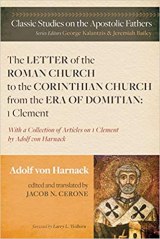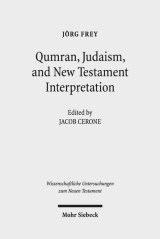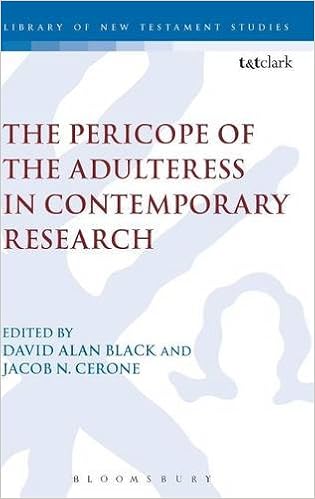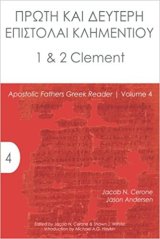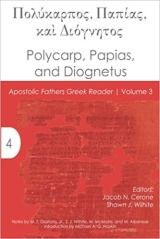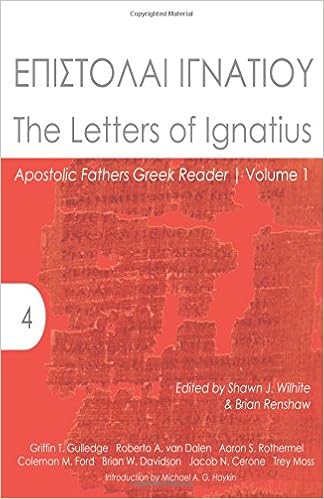 In my reading on Odd Magne Bakke’s excellent work Concord and Peace, I came across this great except:
In my reading on Odd Magne Bakke’s excellent work Concord and Peace, I came across this great except:
Futhermore, and this is probably the most important reason for Clement to use just this particular term as the principal term for the happenings in the Corinthian Church, i.e. στάσις was connected in antiquity with very negative connotations and was viewed as the greatest evil to society. When Clement refers to the conflicts as στάσις, it is therefore not a neutral designation of the situation in the Corinthian Church, but shows how serious and dangerous the situation was in the eyes of the author. By using it to describe the conflict in the congregation Clement gives the impression that he considers the present situation as a serious social threat to the life of the Church as a community Just as στάσις is regarded as the greatest evil to society in that it has caused the greatest disasters, the στάσις in the Corinthian Church involves the greatest danger for the community. So when Clement explicitly states that the community will incur a great danger (κίνδυνος), if its members follow the purposes of men who rush into strife (ἔρις) and sedition (στάσις), he reflects a common topos from the political arena (90–91).
This has and continues to be an enlightening look at the problems facing the church in Corinth. 1 Clement and its message continues to function as a warning to churches today.


